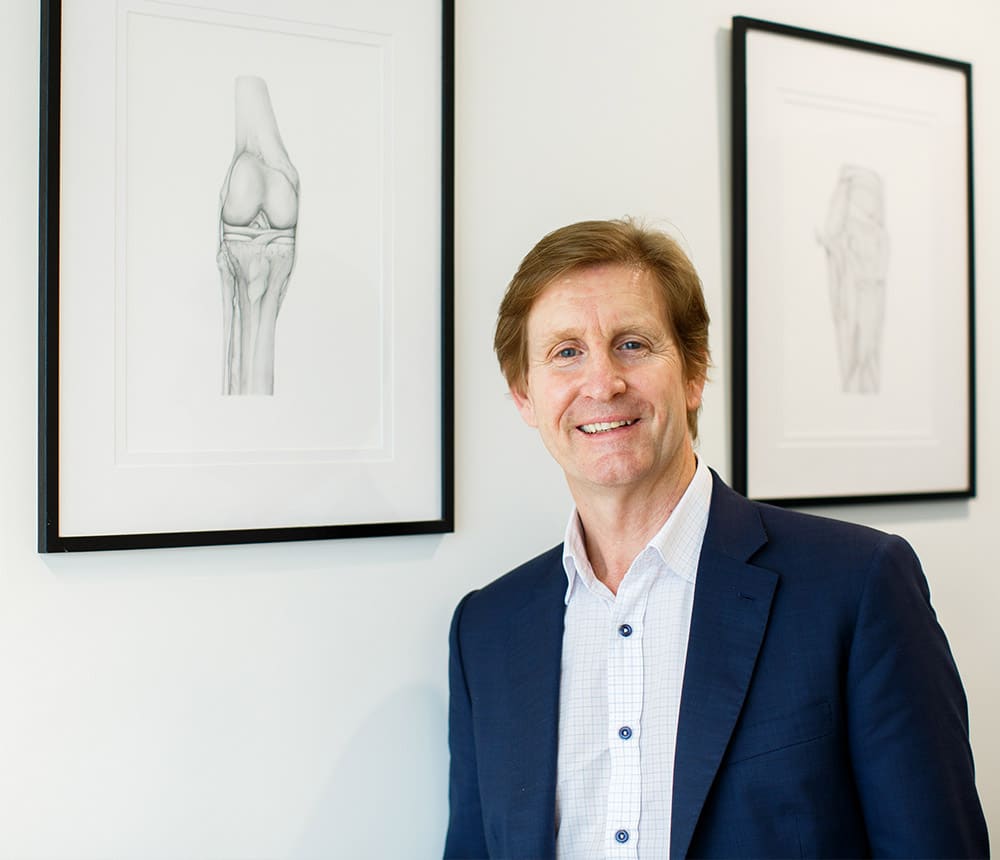ACL Reconstruction
An ACL Reconstruction fixes an important stabilizer for the knee.
What is it?
An ACL Reconstruction fixes the important stabilizer of the knee. It is commonly injured playing sport and patients often describe a “popping” sensation followed by sudden onset pain and swelling.
The diagnosis can often be made on history and physical examination alone however an MRI is useful to confirm the tear and to assess whether other structures within the knee have been damaged such as the menisci (i.e. cartilage that act like shock absorbers).
ACL injuries usually occur in adults however a greater number of children are suffering this injury because of impact sports. Treatment in children is more complex because of the fact they are still growing. Dr Stening has experience in managing both adults and children with this injury.
What’s involved?
Before surgery physiotherapy is indicated to decrease the swelling, regain range of motion and improve muscle strength of the knee.
Surgery is performed arthroscopically ie keyhole and hamstring or patella tendon is harvested to replace the torn ACL. In paediatric patients other methods may be needed to avoid the growth plates.
Rehabilitation is very important after the surgery. It involves physiotherapy for up to 4 months.
Not all patients require surgery. Some people can compensate quite well however patients who want to remain active particularly with sports or if they have demanding, potentially dangerous occupations e.g. police, fireman, roofers etc generally require surgical reconstruction.
Post-Operative Information
Post operatively crutches are needed to help mobilize for approximately 2 weeks. A brace may occasionally be used particularly if there are other associated ligament injuries.
There are risks associated with the procedure. These may be medical/anaesthetic complications, or specific complications such as infection, DVT, stiffness, excessive joint swelling and bruising, graft failure, nerve or vessel damage, hardware complications.
Dr Stening will organise post operative visits to monitor your progress and assess for any of these complications.
Anterior cruciate reconstruction is a common and successful procedure. In the hands of an experienced surgeon up to 95% patients have very good results. It is recommended in patients who wish to return to an active lifestyle particularly those doing running/twisting type sports.

